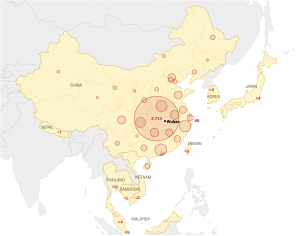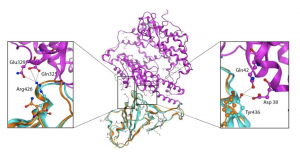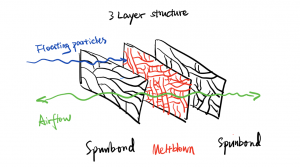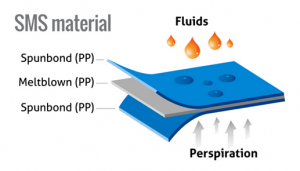Since December 2019, an unexplained pneumonia epidemic has occurred in Wuhan City, Hubei Province, China. An investigation found that these were related to Wuhan’s “South China Seafood Market”. Wuhan organized a multi-disciplinary expert consultation survey and used laboratory testing to identify pneumonia in Wuhan as viral pneumonia. On January 8, 2020, a new coronavirus was initially identified as the pathogen of the epidemic. With the outbreak of this novel coronavirus, it is crucial to know how this virus spread and evolved, more importantly, how we can take precautions against it.
The spread of the novel Coronavirus

Sources: National Health Commission of the People’s Republic of China; local governments. Note: Data as of 9 p.m E.T., Jan. 27
The outbreak of this infectious disease was first occured in Wuhan in December, 2019 and then spreaded globally since the huge flow og people in Wuhan during lunar new year. According to the New York Times, there are more than 4,500 people in Asia infected the coronavirus as well as many other are suspected. At least 106 people have died as of Jan. 27, 20.
Evolutionary sources of coronavirus and molecular pathways for infecting humans
To analyze the evolutionary source and possible natural host of the novel coronavirus, the researchers in this paper analyzed genetic evolution by comparing the novel coronavirus with collected large amount of coronavirus data. It was found that the novel coronavirus of Wuhan belongs to Betacoronavirus which is a RNA virus that parasitizes and infects higher animals (including humans). It is adjacent to the SARS virus and the SARS-like virus group in the position of the evolutionary tree. Therefore, Wuhan coronavirus and SARS or SARS-like coronavirus may share common ancestor. As the evolutionary neighbors and outgroups of Wuhan coronavirus have been found in various types of bats, it is speculated that the natural host of Wuhan coronavirus may also be bats and Wuhan coronavirus is likely to have unknown intermediate host vectors during the transmission from bat to human.
The authors used molecular computational simulation methods to perform structural docking studies on Wuhan coronavirus S-protein and human ACE2 protein, and found that although 4 of the 5 key amino acids that bind to ACE2 protein in Wuhan coronavirus S-protein have changed, the amino acids after the change have perfectly maintained the interaction between SARS virus S-protein and ACE2 protein. This result indicates that Wuhan coronavirus infects human respiratory epithelial cells through the molecular mechanism of S-protein interaction with human ACE2 protein, predicitng that Wuhan coronavirus has strong ability to infect humans.

Cα RMSD of 1.45 Å on the RBD domain compared to the SARS-CoV S-protein structure (Source)
Tips for prevention of coronavirus (source):
- Wash your hands with soap for at least 20 seconds and avoid touching you mouth, nose and eyes with unwashed hands.
- Keep a safe distance with people who are sick
- Cover your cough or sneeze with tissue and throw the tissue in the trash
- Clean frequently touched surfaces
-Xinyue Yang
Posted on Jan. 27th. 2020
 But in the case of the new coronavirus, the most effective type of face masks are medical-surgical masks and masks filtering 95% or more of non-oily particles, such as N95, KN95, DS2, FFP2, etc. At present, China’s medical face masks are mainly divided into three types: medical protective masks with the highest protection level, medical-surgical masks commonly used in invasive operating environments such as operating rooms, and ordinary disposable medical masks.
But in the case of the new coronavirus, the most effective type of face masks are medical-surgical masks and masks filtering 95% or more of non-oily particles, such as N95, KN95, DS2, FFP2, etc. At present, China’s medical face masks are mainly divided into three types: medical protective masks with the highest protection level, medical-surgical masks commonly used in invasive operating environments such as operating rooms, and ordinary disposable medical masks.




